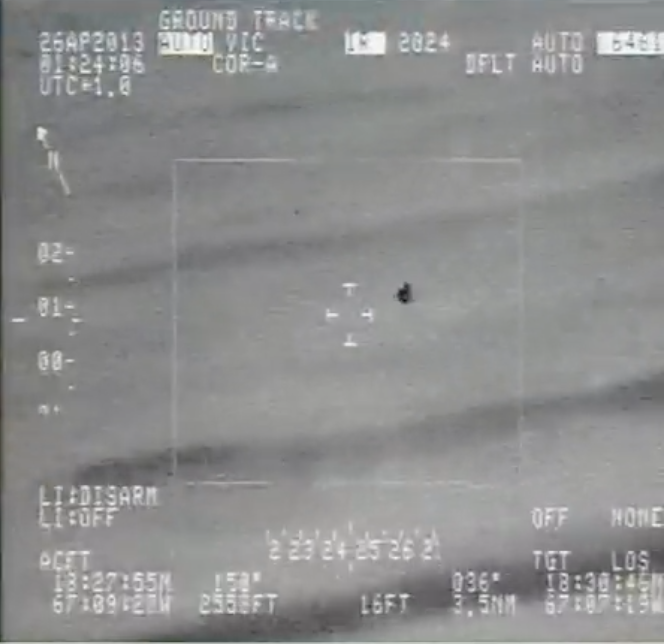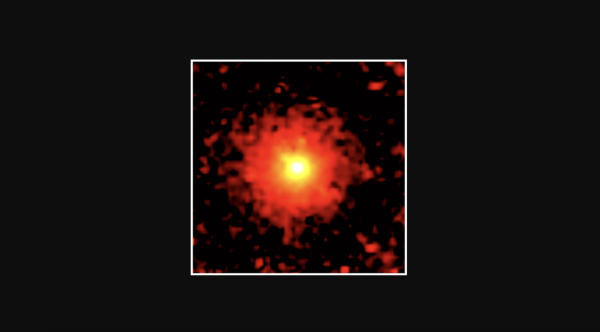Pentagon’s UAP investigators exploring new options to better track and manage confidential reports

The Pentagon wants to hear from contractors that can produce and maintain a secure software-based platform to track data, interactions and other records associated with its All-Domain Anomaly Resolution Office’s ever-growing caseload of investigations into unidentified anomalous phenomena (UAP) that could pose a threat to U.S. national security.
In a sources sought notice released this week, officials unveiled plans for “a new effort” to enable a custom case management system on the intranet that hosts the Defense Department’s top secret and sensitive compartmented information — known as the Joint Worldwide Intelligence Communications System, or JWICS.
“The intent is to field this capability for AARO personnel at AARO HQ and for use at supporting organizations,” they wrote.
A defense official told DefenseScoop Wednesday that this marks the first “solicitation” published on behalf of the UAP-sleuthing office since its inception. The term UAP encompasses UFOs and trans-medium objects.
“AARO currently uses a variety of tools for its mission management needs and seeks to integrate them,” the official said.
Following mounting public pressure and a mandate from lawmakers, Pentagon leadership formally established the organization in 2022, under the Biden administration. Details about its budget and internal functions have been sparse since then.
Currently, the department’s intelligence and security directorate is responsible for administrative support to AARO, while the deputy secretary of defense and the principal deputy director for national intelligence exercise control and direction.
According to the performance work statement attached to the new sources sought notice, the office is “responsible for the whole-of-government efforts to detect, identify, attribute, and as appropriate, mitigate, spaceborne, airborne, and maritime objects of interest in or near national security areas.”
One of the hub’s top tasks is to collect, manage and resolve a continuously expanding caseload of reports from current and former government officials — and eventually the general public — about encounters and events that could involve UAP and are relevant to the U.S. government and military.
“A case management system, or CMS, will assist AARO in tracking the status of the UAP reports in its holdings and in meeting its records management requirements, particularly as the office works to launch a public UAP reporting mechanism,” the defense official told DefenseScoop.
The new notice outlines a core list of minimum technical features that would be expected for the potential vendor-developed CMS, including the capacity to categorize UAP cases under investigation based on type, severity, and priority; convert document content into structured data with unique identifiers automatically (like weather, speed or location) that could subsequently be linked to case objects; maintain a history of actions taken on cases and capture their statuses from initiation to resolution; generate automated responses for people’s case submissions; encrypt data in accordance with proper sensitivity levels; and offer customizable views and dashboards for different user roles, among other criteria.
If the office opts to move forward with a full acquisition down the line, AARO envisions at this point that it would buy software development services, the fielding and certification of the software for the AARO JWICS domain, training for AARO personnel to use the capability — as well as sustainment, and spiral development of additional functionality.
The performance period would likely be set for one base year, with options for up to four follow-on years.
The defense official declined to share further information Wednesday regarding the total cost estimate for any future CMS procurement. They also did not provide an update on the number of UAP reports and resolutions in AARO’s current investigative portfolio, since leadership revealed the receipt of more than 1,600 in November 2024.
Contractors with an active top secret clearance that are interested in the new CMS opportunity must submit a capabilities statement and other information for consideration to a government email address provided in the notice, by June 9.






